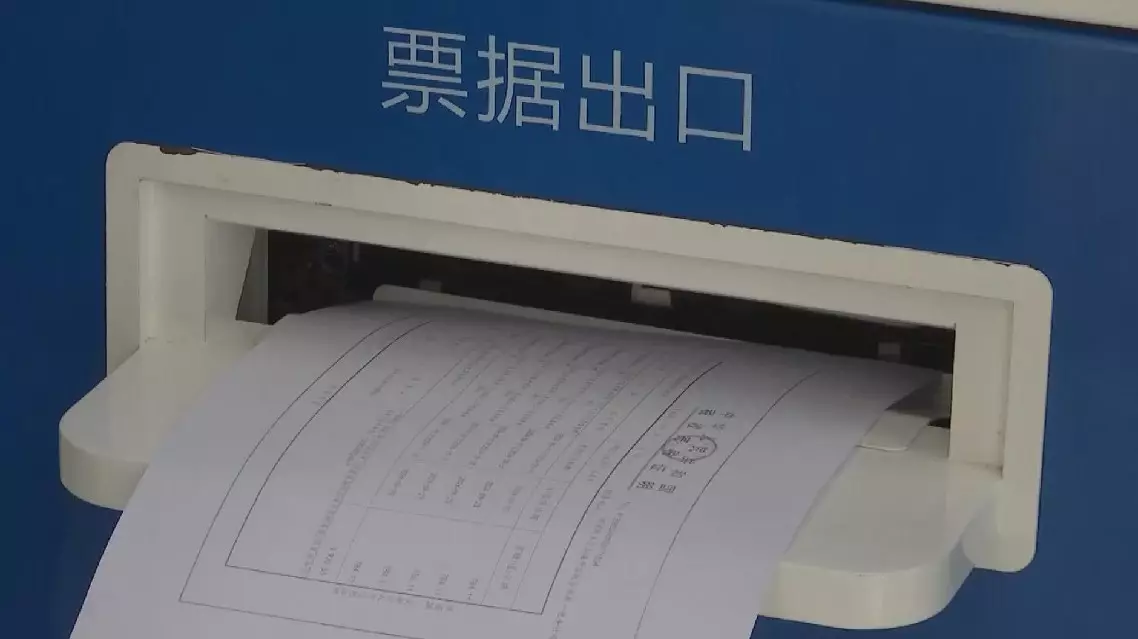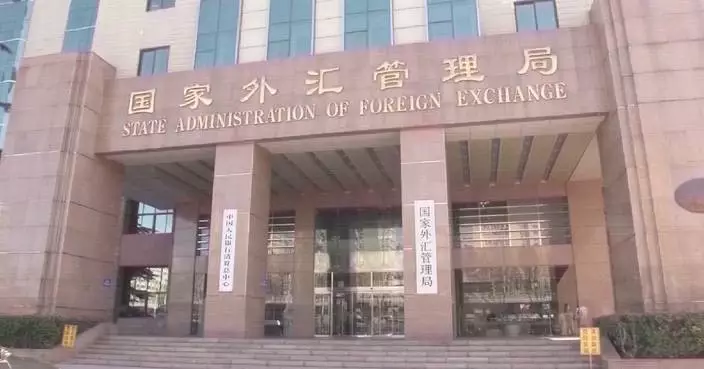The sales revenues of Chinese enterprises maintained month-over-month growth in October, according to the value-added tax data released by China's State Taxation Administration on Thursday.
October's sales revenues increased by 3 percentage points and 1.3 percentage points compared with August and September, respectively, the data showed.
The sales revenues of the manufacturing industry grew by 1.3 percent year over year and posted a 2.2 percentage points increase compared with September. The high-tech and the equipment manufacturing sectors maintained faster growth, with their sales revenues jumping 8.9 percent and 5.1 percent year over year, respectively.
Besides, China's advanced manufacturing industry also performed well in October, including the sectors of aerospace vehicle and equipment manufacturing, computer equipment manufacturing, and electronics and communication equipment manufacturing.
In terms of the modern service industry, sales revenues of the scientific research technology services, information technology services, and logistics increased by 14.5 percent, 9.2 percent, and 7.3 percent year over year, respectively.
The resale housing markets in China's first-tier cities were also active throughout October, with resale revenues in Beijing and Shanghai going up by 11 percent and 12.8 percent year over year, respectively.
As China ramped up equipment renewal programs, in October, Chinese enterprises spent 5.2 percent more year over year on purchasing equipment.

Sales revenue of Chinese enterprises maintain growth in October
China's Shanghai-Suzhou-Huzhou high-speed railway officially entered service on Thursday,linking the financial hub of Shanghai with the historic cities of Suzhou and Huzhou in a major boost to regional connectivity.
The high-speed railway has a designed speed of 350 km per hour and spans 164 km, connecting Shanghai Hongqiao Station with Suzhou City in Jiangsu Province and Huzhou City in Zhejiang Province. The railway has eight stations, providing convenient access to major cities and towns along the route.
This is the first high-speed railway connecting the three major economic hubs of Jiangsu, Zhejiang and Shanghai in the Yangtze River Delta, according to Chen Guoquan, the railway project designer from China Railway Construction Corporation.
Residents are excited about the operation as the new high-speed railway is expected to significantly reduce travel times and improve connectivity between the three cities.
"We're in Huzhou city. It's so convenient for us to travel by high-speed train to Shanghai. It's good for people like us, so I'm very delighted," said a passenger.
"We have several places to visit. All the four people are excited. They all arrived early," said another passenger.
Before this new train service, the journey between Huzhou and Shanghai took about two hours. Now, it only takes around 50 minutes.
With the new railway, the operating length of the railway network in the Yangtze River Delta region has surpassed 15,000 km, over half of which is high-speed rail.
Along the railway, high-end industries are expected to cluster, further accelerating the high-quality development of the economic belt, according to Zhang Zhipeng, associate professor at Shanghai Jiao Tong University.

Shanghai-Suzhou-Huzhou high-speed rail line starts operation










